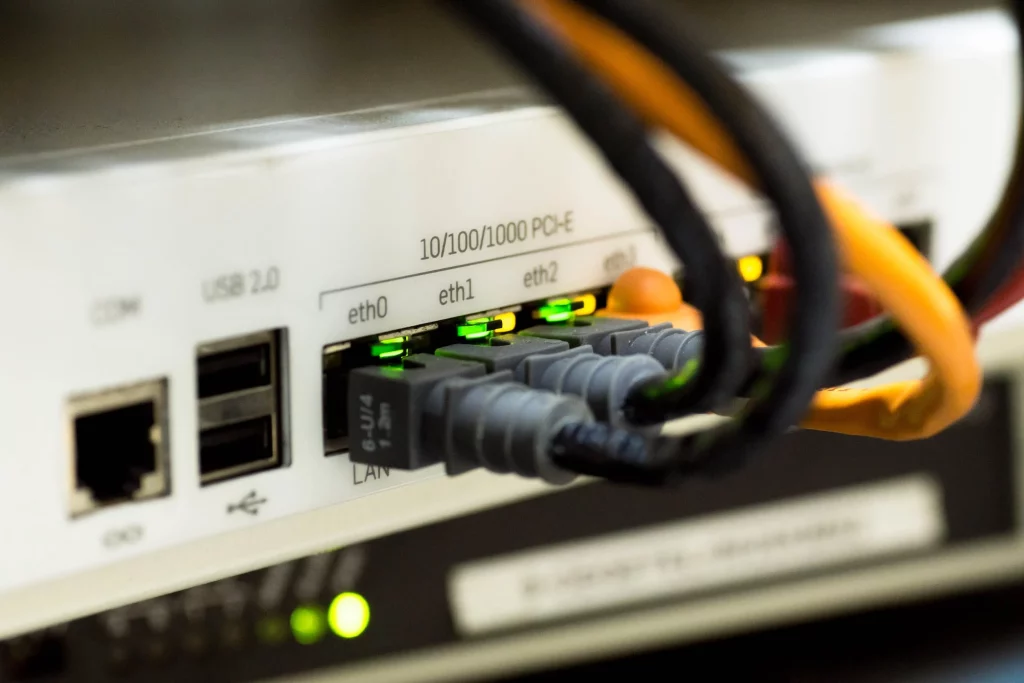How to Transcribe Interviews in Qualitative Research
Transcribing interviews in qualitative research is a foundational step that significantly influences the quality and credibility of your study. Whether you are a social scientist, market researcher, or student, understanding how to transcribe interviews effectively will enhance your data analysis and enrich your insights. In this comprehensive guide, we’ll explore the essentials of transcription for qualitative research, offering expert advice, practical steps, and clear examples to help you transform raw audio into valuable textual data.
What is Transcription in Qualitative Research and Why It Matters
In qualitative research, transcription refers to the process of converting recorded spoken words from interviews into written text. This process is not just about typing what was said; it involves capturing nuances, pauses, tone, and sometimes non-verbal cues that add depth to the data. High-quality transcription allows researchers to analyze communication patterns, thematic elements, and contextual factors systematically.
The Crucial Role of Transcription
Transcription serves as a bridge between data collection and analysis. Without clear and accurate transcripts, researchers risk misinterpreting participants’ meanings or missing subtleties critical to the research questions. For example, in studies exploring sensitive cultural contexts, the tone or hesitations during an interview can provide essential clues that purely quantified data might overlook. Researchers must, therefore, approach transcription with precision and care.
Moreover, having well-documented transcripts supports transparency and replicability, core principles in scientific research that strengthen the trustworthiness of the qualitative study. It allows peer reviewers and other scholars to verify findings or conduct secondary analyses.
How to Transcribe Interviews in Qualitative Research: Step-by-Step Guide
Transcribing interviews in qualitative research can seem daunting given the time and attention to detail required. However, following a clear, structured process can simplify this task while improving the quality of your transcripts.
Step 1: Prepare Your Equipment and Software
Before beginning transcription, ensure you have the right tools. A high-quality audio recording device is essential to capturing clear interview data. If you rely on smartphones, use external microphones to reduce background noise. For transcription, there are various options, from traditional word processors to specialized software such as NVivo, Otter.ai, or Dragon NaturallySpeaking, which can streamline the process.
Choose software that supports playback control, allowing you to slow down, rewind, or loop audio segments. Clear sound quality will minimize errors and reduce the need for repeated listening.
Step 2: Set Transcription Rules and Formatting Conventions
Define the transcription style that fits your research aims. Will you use verbatim transcription, capturing every “um,” “ah,” and pause, or opt for clean verbatim, which omits filler words but retains the speaker’s meaning? Will non-verbal cues such as laughter or sighs be included?
Establishing these rules upfront ensures consistency across multiple interviews or transcribers. For instance, if your study involves linguistic analysis, verbatim transcription is critical; in contrast, thematic studies might benefit more from edited, clean transcripts.
Step 3: Transcribe the Interview
Start by listening to the entire interview once to familiarize yourself with the content, interviewer’s style, and accents. Then proceed to transcribe in manageable segments, pausing frequently to ensure accuracy.
Use timestamps regularly (for example, every 30 seconds or at speaker turns) to ease navigation. Mark speakers clearly, such as “Participant:” and “Interviewer:” to maintain clarity.
Step 4: Review and Edit the Transcript
After completing the initial draft, compare the text with the audio again to correct any misheard words or omissions. This step is essential because even small errors can impact the reliability of your analysis. Consider asking a peer or the participant to review the transcript if ethical permissions allow, which can improve authenticity.
Step 5: Secure and Organize Your Transcripts
Store transcripts securely to protect confidentiality, especially when dealing with sensitive data. Use encrypted digital storage solutions and anonymize participant information as required by your research ethics protocols.
Common Mistakes and Pitfalls to Avoid in Interview Transcription
Even experienced researchers can stumble when transcribing interviews if they are unaware of common challenges. Avoid these pitfalls to improve your transcription practice:
Failing to Standardize Transcription Practices
Inconsistent transcription styles within the same project can confuse analysis. Always use a transcription guide that outlines formatting, speaker labels, timestamps, and how to handle overlaps or non-verbal sounds.
Over-Reliance on Automated Transcription Tools Without Reviewing
While automated transcription software can expedite the process, it’s rarely perfect. Background noise, multiple speakers, or accents can reduce accuracy dramatically. Always carefully review and correct auto-generated transcripts.
Neglecting Context and Non-Verbal Cues
Qualitative interviews are rich not only in words but in how things are said. A flat transcription that omits emotional tone or pauses might miss essential insights. When possible, annotate these cues or use software that supports multimodal transcription.
Delaying Transcription for Too Long After Interview
Transcribing soon after conducting an interview helps maintain context and recall of the interview atmosphere, improving transcript quality.
Real Examples and Use Cases: How Transcription Enhances Qualitative Research
Consider a researcher investigating workplace diversity and inclusion through interviews with employees from various ethnic backgrounds. Transcription that carefully captures pauses, emphasis, or emotional responses (such as sighs or laughter) can reveal underlying tensions or acceptance that numeric survey data might miss.
In another example, a study on patient experiences in healthcare might require verbatim transcription to analyze specific medical terminology usage and patient concerns conveyed subtly through hesitation or repetition.
Transcripts also facilitate coding—the process of categorizing data to identify patterns and themes. Tools like NVivo integrate transcription for seamless coding and thematic analysis. High-quality transcripts, therefore, directly impact the depth and accuracy of research findings.
Comparisons: Manual vs. Automated Transcription – Pros and Cons
| Method | Advantages | Disadvantages |
|---|---|---|
| Manual Transcription | High accuracy, captures nuances, customizable style, suited for complex data | Time-consuming, labor-intensive, requires transcription skills |
| Automated Transcription | Fast turnaround, cost-effective, useful for large datasets, easily integrated with software | Lower accuracy with accents/background noise, misses non-verbal cues, requires thorough review |
Choosing between manual and automated transcription depends on your project’s scale, budget, timeline, and quality expectations. In many cases, a hybrid approach—using automated transcription followed by manual correction—offers optimal results.
Myths and Misconceptions About Transcribing Qualitative Interviews
Myth 1: Transcription is Just Typing What You Hear
Transcription is a complex interpretive task requiring attention to context, tone, and accuracy. It is as much about listening carefully as it is about typing.
Myth 2: Automated Transcripts Don’t Need Checking
Even with advanced AI tools, automated transcription results often contain errors and should never be accepted as final without review.
Myth 3: You Can Transcribe Interviews Later Without Impact
Delays in transcription may result in forgotten nuances or context, lowering the quality and reliability of your data interpretation.
Additional Tips for Efficient and Quality Transcription
| Create a Quiet Workspace | Minimize distractions to improve focus and accuracy |
| Use Headphones | Enhances audio clarity and helps catch subtle words or sounds |
| Take Breaks | Prevents fatigue and maintains quality over extended transcription sessions |
| Use Templates | Standardizes formatting to save time and ensure consistency |
Trusted Resources for Further Reading
For more detailed discussion on qualitative research transcription, visit the SAGE Research Methods platform. It offers authoritative insights by experts on best transcription strategies and data analysis techniques.
Conclusion: Mastering Transcription to Elevate Your Qualitative Research
Transcribing interviews in qualitative research is more than a routine task—it is a critical process that shapes the entire research outcome. By understanding the importance of precise transcription, choosing the right methods, avoiding common mistakes, and investing time in reviewing transcripts, researchers can unlock richer, more reliable insights from their qualitative data.
Embrace transcription as an integral part of your research design. Prioritize accuracy, consistency, and ethical handling of participant data, and your study will stand on a solid foundation that enhances credibility and impact. Start refining your transcription skills today and experience the difference it makes in your qualitative research journey.




